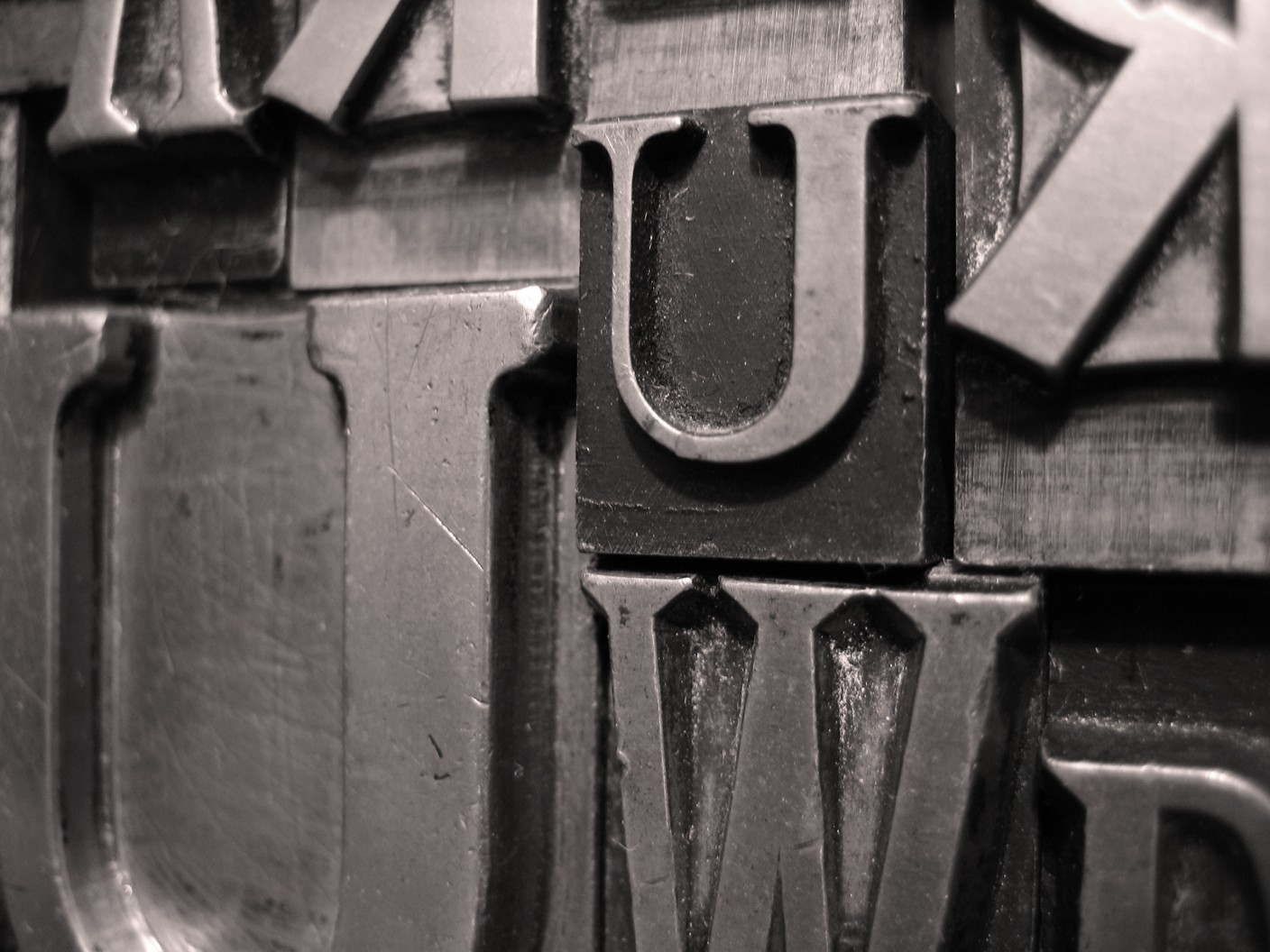Appendix A: Choosing and Pairing Fonts
Today’s designers have a nearly limitless choice of fonts, of varying degrees of quality. Letters that were once carefully chiseled into marble, or cast out of lead can now be reproduced in limitless numbers with just a few clicks. Publishing technology has come a long way, and with it, the number of fonts available to designers has exploded. You can find revivals of old classics, such as Adobe Garamond, as well as thousands of much lower-quality fonts.
This is a stark contrast from the options available to early printers. Early printing type (see Figure A-1) had to be carefully cut, character-by-character, through the process of punchcutting (more on this in Chapter 3). So, printers had access to only a few fonts. If they wanted to use a different size, they had to repeat the process.
Figure A-1 Lead type that was used in early printing was very difficult and costly to make, which limited the fonts available to printers.
tonystl (http://www.flickr.com/people/tunruh/)

Early printers were craftsmen. They dedicated their lives to printing beautiful typography. Their skills were specialized, and it showed in the quality of their work. Yet, they were limited by the type that was available to them.
Contrast that with today’s designer (anyone with access to a computer, really). Very few are formally trained to use typography, yet they have many ...
Get Design for Hackers: Reverse-Engineering Beauty now with the O’Reilly learning platform.
O’Reilly members experience books, live events, courses curated by job role, and more from O’Reilly and nearly 200 top publishers.

